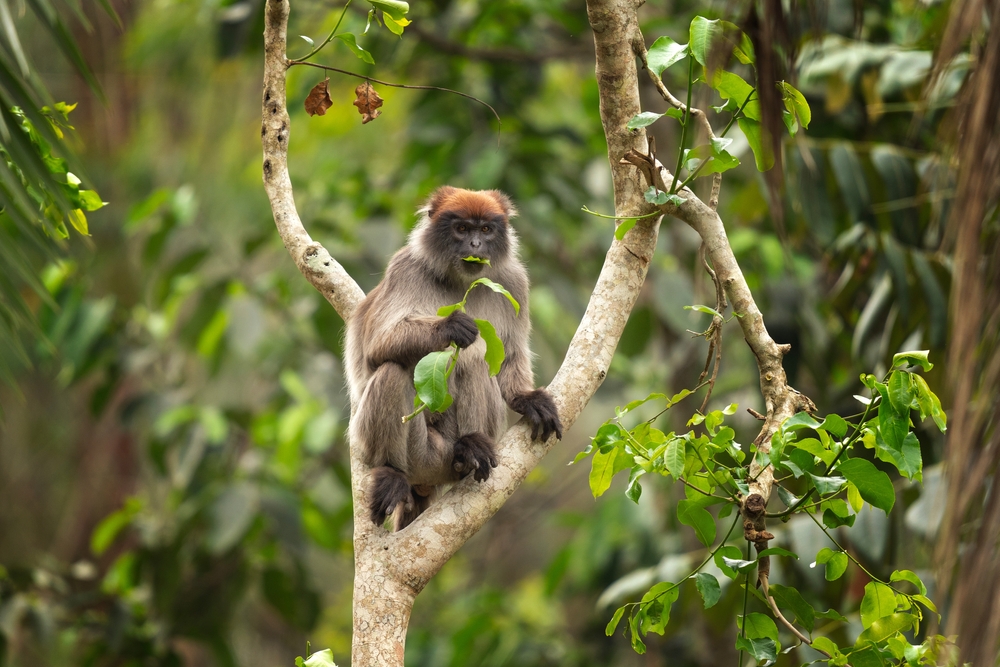Upemba Overview
Upemba National Park, locally known as Parc National de l’Upemba, is one of the most ecologically diverse and historically significant protected areas in the Democratic Republic of Congo. Established in 1939, the park covers an expansive 11,730 square kilometers (4,530 square miles) across the Katanga Plateau in the southeastern region of the country. Its varied landscapes include savannahs, wetlands, forests, mountains, and river systems, creating a mosaic of habitats that support an extraordinary range of wildlife.
The park’s defining feature is the Upemba Depression, a vast network of lakes, marshlands, and rivers that form a critical water source for the region. The Lufira River flows through this depression, sustaining both the park’s wildlife and local communities. The park also features rugged mountains, including the Kibara Plateau, which offers dramatic vistas and unique flora. While Upemba is not known for towering waterfalls, the rivers create serene cascades and pools that enhance the park’s natural beauty.
Upemba National Park is celebrated for its remarkable biodiversity. Large mammals such as hippopotamuses, buffaloes, and zebras roam its savannahs and wetlands. Predators like lions and leopards inhabit the park’s remote areas, while smaller mammals such as otters and porcupines add to its ecological richness. The park is also home to rare species such as the Upemba lechwe, an antelope unique to the region, and the elusive pangolin.
Bird enthusiasts will find Upemba particularly rewarding, as it hosts over 400 bird species. Notable residents include the shoebill stork, African fish eagle, and African jacana, which thrive in the park’s wetland habitats. The varied ecosystems attract migratory birds, adding seasonal diversity to the avian population.
Upemba’s flora is equally diverse, with savannah grasses, riverine forests, and wetlands providing shelter and sustenance for wildlife. Unique plant species such as cycads and balsam trees thrive in the park, contributing to its ecological significance. The vegetation also plays a crucial role in soil conservation and water regulation, highlighting the interconnectedness of the park’s ecosystems.
Despite its natural wealth, Upemba National Park faces significant conservation challenges. Poaching, illegal fishing, and agricultural encroachment have impacted its ecosystems over the years. However, recent conservation initiatives led by the Congolese Institute for Nature Conservation (ICCN) and international partners have made progress in protecting the park’s biodiversity. Anti-poaching patrols, community-based conservation programs, and eco-tourism initiatives are central to these efforts.
Visitors to Upemba National Park can experience its untamed beauty through guided safaris, birdwatching tours, and cultural interactions with local communities. The park’s remote and tranquil setting makes it an ideal destination for adventurers and nature enthusiasts seeking an authentic wilderness experience.
In summary, Upemba National Park is a jewel of the Democratic Republic of Congo, offering unparalleled biodiversity, stunning landscapes, and vital conservation efforts. Its unique blend of ecosystems and rare species underscores its importance as a global natural heritage site.
















































































